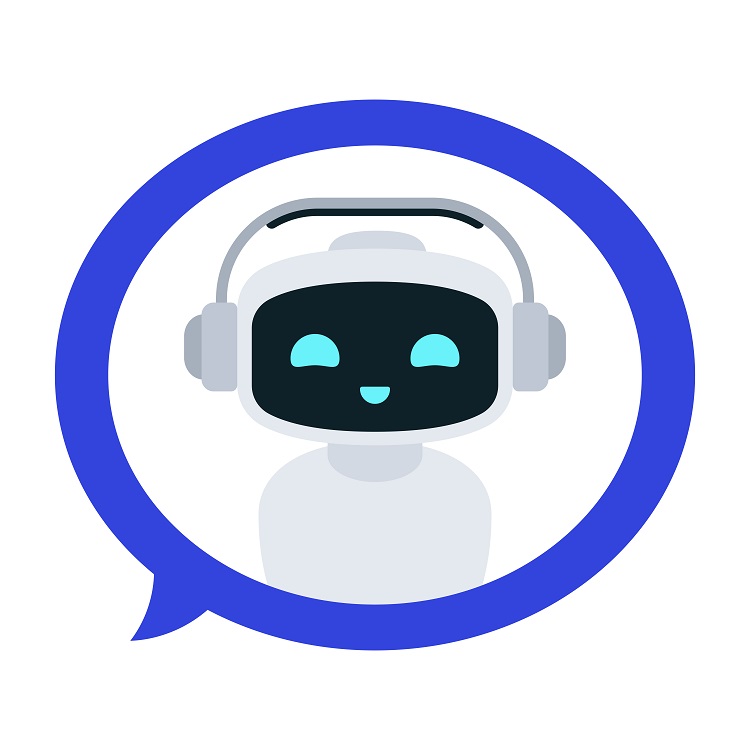In today's digital age, AI chatbots have revolutionized the way we interact with technology. These intelligent systems have become an integral part of our daily lives, assisting us in everything from customer service to personal assistance. In this blog post, I'll explore how AI chatbots work, their benefits, and the top chatbots available in the market.
Introduction
AI chatbots are software applications that simulate human conversation using artificial intelligence. They can understand and respond to text or voice inputs, making them incredibly versatile tools for various industries.
- Human-like Interaction: AI chatbots use natural language processing (NLP) to understand and generate human language.
- Wide Applications: From customer support to virtual assistants, chatbots are used in diverse fields.
Understanding how these chatbots work begins with recognizing their fundamental components and the technology driving them.
The Anatomy of an AI Chatbot
AI chatbots comprise several key components that enable them to function seamlessly. These include the user interface, NLP engine, and backend integration.
- User Interface: The front end where users interact with the chatbot. It can be a messaging app, website chat window, or voice interface.
- NLP Engine: This processes the user's input, understanding the intent and generating a coherent response.
- Backend Integration: Connects the chatbot to databases, CRMs, and other systems to fetch or update information.
These components work together to create a smooth, human-like interaction experience.
Natural Language Processing (NLP)
NLP is the core technology behind AI chatbots. It allows chatbots to understand and generate human language.
- Text Analysis: NLP breaks down user input into manageable pieces to understand context and intent.
- Response Generation: Once the intent is understood, the chatbot formulates an appropriate response.
The continuous advancement in NLP technology is making chatbots more efficient and accurate.
Machine Learning and AI
Machine learning is a crucial element in the development of AI chatbots. It enables them to learn from interactions and improve over time.
- Training Data: Chatbots are trained using large datasets that include various conversation patterns.
- Algorithm Updates: Machine learning algorithms are regularly updated to enhance the chatbot's performance.
This learning capability ensures that chatbots become more sophisticated and reliable as they accumulate more data.
Integration with Business Systems
AI chatbots can integrate with various business systems to provide more comprehensive services.
- CRM Integration: Chatbots can pull customer data from CRM systems to personalize interactions.
- E-commerce Platforms: They can assist in product recommendations, order tracking, and more.
These integrations make chatbots invaluable tools for enhancing customer experience and operational efficiency.
Benefits of Using AI Chatbots
The adoption of AI chatbots offers numerous benefits for businesses and users alike.
- 24/7 Availability: Chatbots provide round-the-clock support, ensuring that customers can get help anytime.
- Cost Efficiency: They reduce the need for extensive customer support teams, cutting down operational costs.
- Scalability: Chatbots can handle multiple interactions simultaneously, making them scalable solutions for businesses of all sizes.
These advantages make chatbots a compelling choice for many organizations looking to improve their customer service and operational efficiency.
Top AI Chatbots in the Market
Several AI chatbots stand out due to their advanced features and performance. Here are some of the best:
- Bebot: Known for its conversational abilities and wide application range.
- Smith.ai: Offers robust NLP capabilities and seamless integration with business systems.
- Zendesk: Provides extensive support for building custom conversational interfaces.<
Each of these chatbots offers unique features that cater to different business needs.
Where to Find the Best AI Chatbots?
Finding the right AI chatbot for your needs can be challenging. Fortunately, there are resources available to help.
- Herow.io is a database that offers a comprehensive list of AI chatbot tools, categorized by features, pricing, and user reviews.
- Tech Blogs and Reviews: Websites like TechCrunch and Gartner provide detailed reviews and comparisons.
These resources can guide you in selecting the most suitable chatbot for your business.
Future Trends in AI Chatbots
The future of AI chatbots looks promising, with several trends shaping their evolution.
- Enhanced Personalization: Future chatbots will offer more personalized experiences by leveraging user data and preferences.
- Voice Interaction: With advancements in voice recognition, chatbots will become more adept at handling voice interactions.
- Multi-Lingual Support: Chatbots will be able to converse in multiple languages, making them accessible to a broader audience.
Staying abreast of these trends will help businesses leverage the full potential of AI chatbots.
Conclusion
AI chatbots are more than just a technological novelty; they are transforming how businesses and individuals interact. By understanding how they work and staying informed about the latest trends, we can harness their full potential to create more engaging and efficient interactions.
- Continuous Learning: As AI technology evolves, so will the capabilities of chatbots.
- Adoption and Integration: Businesses should consider integrating AI chatbots to stay competitive and meet customer expectations.
Embracing AI chatbots can lead to significant improvements in customer satisfaction and operational efficiency.

